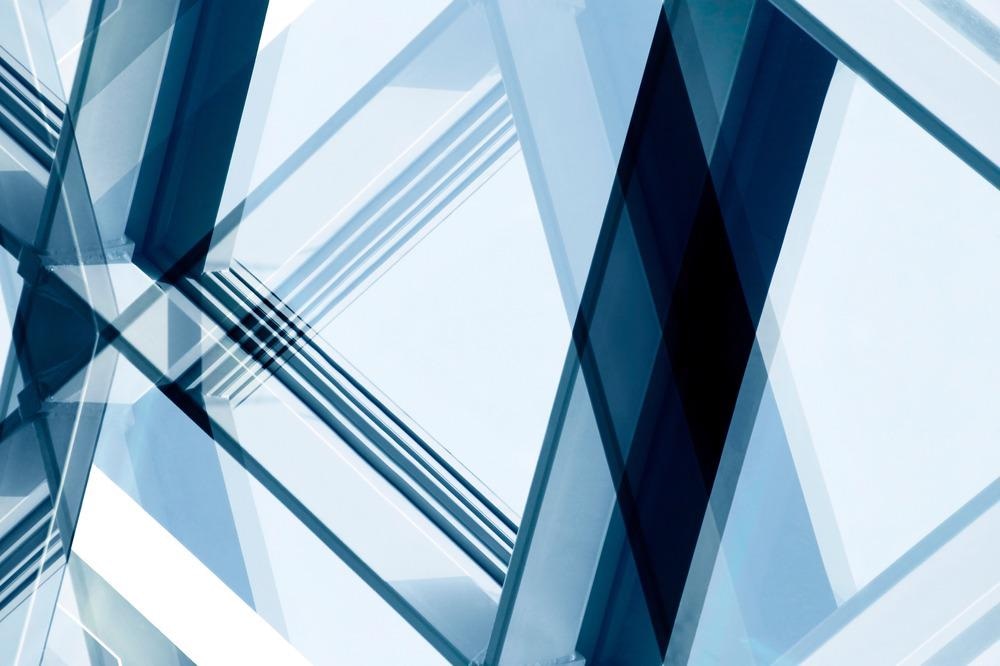A study available in the journal Metals reviews the recent progress in the field of metallic glasses and their composites, characterization, synthesis, properties, and applications.

Study: Review of the Recent Development in Metallic Glass and Its Composites. Image Credit: Unconventional/Shutterstock.com
What is Metallic Glass?
Metallic glass is a supercooled non-crystalline metal. When molten metal is slowly cooled, there is enough time for nucleation to occur, and nucleation leads to crystallization and crystal growth. The more the nucleation, the more the number of crystals.
However, if the cooling rate is too fast, nucleation never happens and the molecules achieve a metastable solid-state down the cooling curve, which we call glass. This condition is valid for metals, alloys, and metal oxides. The window glass is mostly a supercooled silicon oxide (SiO2).
Metallic glass is amorphous and is known for its mechanical properties, such as high toughness and strength, but lacks plasticity. This could be compensated by combining them with other materials to form composites.
Metallic glass is mainly made up of two types: metal–metalloid and metal-metal combinations. In metal–metalloid, the metalloid constituent comprises 10–20% and the metal constituent constitutes more than 80% of the composition. Some of the examples of metal–metalloid metallic glass are Pd77Cu6Si17, Fe40Ni40B20, and Ni49Fe29B6P14Si2. In metal-metal, such as Ni60Nb40, La80Au20, and Fe90Zr10, the metal can have any compositional ratio.
Metallic glass is generally prepared by the rapid cooling of the molten liquid metal, melt‐spinning, powder metallurgy, liquid squat quenching, magnetron sputtering, and pulsed laser quenching. The major criterion for the formation of metallic glass is its glass-forming ability (GFA).
The GFA is dependent on the critical cooling rate (CCR), glass transition temperature (GTT), and supercooled temperature region. The CCR is the minimum cooling rate required to inhibit the formation of the crystal precipitates during solidification. Moreover, metallic glass is formed near their eutectic points as compared to the non‐eutectic points.
Which are the Bio-Compatible Metallic Glass Composites?
Metallic glass is used in medical-surgical equipment, cardiovascular stents, and orthopedic implants due to its superior toughness, strength, and ductility, compared to crystalline alloys. Biomedical metallic glasses have a high elastic modulus of 2%, compared to that of human bone, which is 1%, which helps the metallic glass to flex along with the natural bending of bone.
Titanium‐based metallic glass is used in biomedical implant applications and has better corrosion properties, higher fracture strength, and a lower Young’s modulus than crystalline metals. Porous metallic glass such as Ti45Zr10Cu31Pd10Sn4 prepared by spark plasma sintering (SPS) has better functionality than the commercially used Ti and Ti–6Al–4V implantable biomaterials.
More from AZoM: Extended Uses of Glass Fiber Fabric
The decrease in the porosity of the metallic glasses leads to an increase in Young’s modulus and the compressive strength, whereas it decreases the corrosion resistance. It also exhibits three times higher yield strength than human bone.
Additionally, metallic glass with low content of copper has good biocompatibility, low cytotoxicity, and poor in vitro viability, but the addition of Nb shows a decrease in the glass transition temperature, superior bio‐corrosion resistance, enhanced in vitro compatibility, and excellent mechanical properties.
Zirconium‐based metallic glass is used in arthroplasty, bone screws, and intramedullary nails. However, the major problems with Zr‐based metallic glass are improper adhesion and tissue growth at the host site. The surface quality of the Zr‐based metallic glass such as Zr67Cu10.6Ni9.8Ti8.8Be3.8 can be improved by bioactive hydroxyapatite suspended powder in dielectric fluid from electro-discharge machining (EDM). Another Zr-based material, Zr65Cu18Ni7Al10 can be used as a potential load‐bearing implant due to better plasticity.
Magnesium‐based metallic glasses such as Mg66Zn30Ca4 self-degrade and release hydrogen gas, so they do not need surgery to remove them. They have a density similar to bone and can withstand 100% elongation. Its degradation can be prevented by adding ceramic coatings and metallic materials to the metallic glass matrix.
Iron‐based biomaterials such as Fe37Cr15Mo2B26C7Nb3Si3Al6Mn1 are known for good adhesion and high load‐bearing capability. They are used in hip prostheses, dental implants, and bone fixators in the hip and knee. The addition of Nb in Fe-based metallic glass improves corrosion resistance. Strontium-based metallic glass such as Sr60Mg18Zn22 has a low glass transition temperature and has a homogenous flow in the supercooled region.
Moreover, fiber-reinforced metallic glass (FRMG) composites viz. carbon fiber/ Ti37.3Zr22.7Be25.5Fe5.5Cu9 and tungsten fiber/Zr41.2Ti13.8Cu10Ni12.5Be22.5 have shown improved plasticity. The addition of Nb in FRMG enhances the interfacial strength between the metallic glass and fiber.
Conclusions
Several Ti, Zr, Mg, Fe, Sr, and fiber-based metallic glasses and their composites have been developed and they have been used in biomedical applications owing to their specific characteristics that are superior to their crystalline counterparts.
Additionally, the introduction of multiple shear bands and the formation of nano‐crystalline, dendritic, and quasicrystal phases increase the plasticity of the metallic glass composite. To conclude, there is great scope for metallic glass composites in engineering, bio-medical, and industrial applications in the future.
Reference
Sharma, A., Zadorozhnyy, V., Review of the Recent Development in Metallic Glass and Its Composites. Metals, 2021, 11, 1933. https://www.mdpi.com/2075-4701/11/12/1933
Disclaimer: The views expressed here are those of the author expressed in their private capacity and do not necessarily represent the views of AZoM.com Limited T/A AZoNetwork the owner and operator of this website. This disclaimer forms part of the Terms and conditions of use of this website.